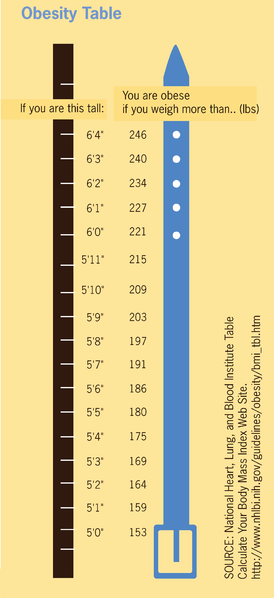
Whole Life: life insurance participating, or par
- Dividends
- Builds Cash Value
- Guaranteed Cash Value Accumulation
- Endow, worth face amount in cash, at age 100 or age 121
- Increasing face amount
- Cash dividends option, after a period of years
- Paid Up Insurance
- Cash value protects policy if payments are missed
- Coverage guaranteed to age 100 or age 121
Pros: Since it builds on top of guaranteed cash value, par whole life has highest potential for cash value accumulation, flexible to changing circumstances; good to start for children, in 20’s, 30’s or upper income
Cons: much more expensive than Universal Life (UL) or Indexed Universal Life (IUL)
Indexed Universal Life: IUL
- Builds Cash value, higher upside potential with index crediting then current assumption UL
- some guaranteed cash value accumulation, not all years
- Flexible on payments
- Option for increasing face amount, option B
- Cash value protects policy if payments are missed
- Policy lapses with zero cash value
Pros: less expensive than Whole Life, flexible to changing circumstances
Cons: if underfunded and or performs poorly can lapse without additional premium; higher cost of insurance charges than UL, periodic review is advisable, more complex, more choices to make than current assumption UL
Universal Life: UL, current assumption UL
- Builds Cash value
- Flexible on payments
- Option for increasing face amount, option B
- Cash value protects policy if payments are missed
- Policy lapses with zero cash value
Pros: less expensive than Indexed UL, flexible to changing circumstances, lower cost of insurance charges than Indexed UL
Cons: if underfunded and or poor interest credited can lapse without additional premium
Whole Life: non-participating, non-par
- guaranteed cash value accumulation
Pros: fixed premium, guaranteed cash value accumulation, endow at age 100 or age 120; good for final expense
Cons: level death benefit; cash surrender value matter little compared to death benefit
Guaranteed Indexed Universal Life: GIUL
- cash value accumulation, generally not in 80’s and older
Pros: lifetime guarantee, or set guarantee year
Cons: lower casher value accumulation than Indexed UL
Guaranteed Universal Life: Guaranteed UL, GUL, no lapse guarantee UL
- Little to no cash value accumulation
Pros: least expensive lifetime guarantee age 120+, also least expensive setting guarantee to age 90, 95, 100, 105, 110 or whatever length desired; ability to structure longer guarantees, and at older ages than term life, for example 30 year guarantee at age 59
Cons: missed premium payments lapse policy, little to no cash value accumulation
Return of Premium Term: ROP term
- guaranteed cash value accumulation
- reduced paid up insurance with some carriers
Pros: At the end of the term you get all your premiums back; builds cash value, mostly in the last years of the term period
Cons: death benefit same as term if you pass away, cash value not included; more expensive than term, especially after mid 40’s


 Being 58 years old, nearly 59, it’s compelling to flip the hour glass and reflect on those whose lives spanned 58 years and no more.
Being 58 years old, nearly 59, it’s compelling to flip the hour glass and reflect on those whose lives spanned 58 years and no more.

 Licensed Agent: Sean Drummey
Licensed Agent: Sean Drummey
 Licensed Agent: Sean Drummey
Licensed Agent: Sean Drummey
